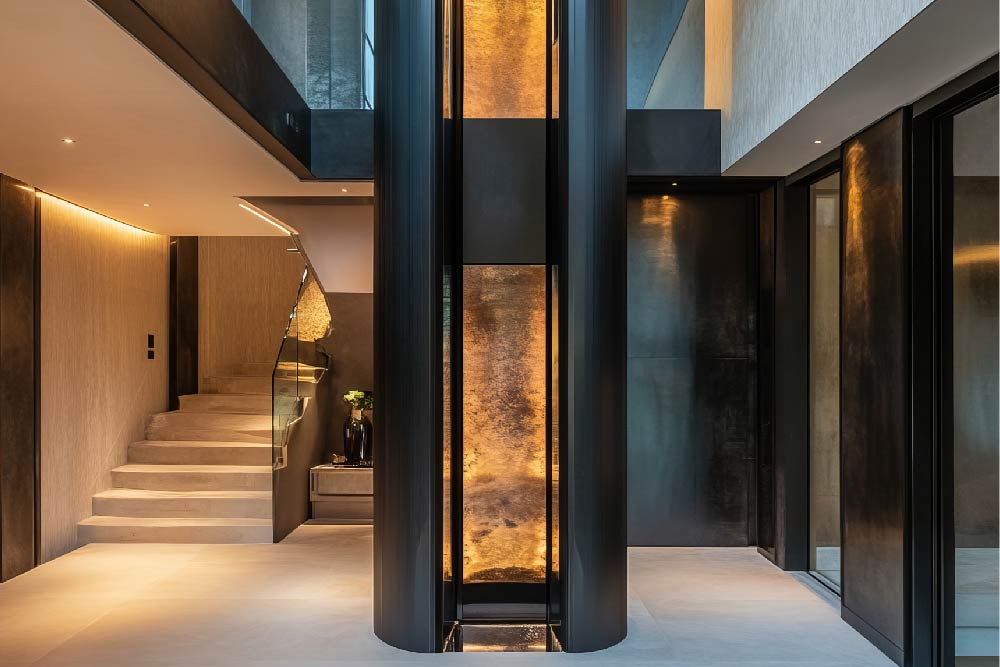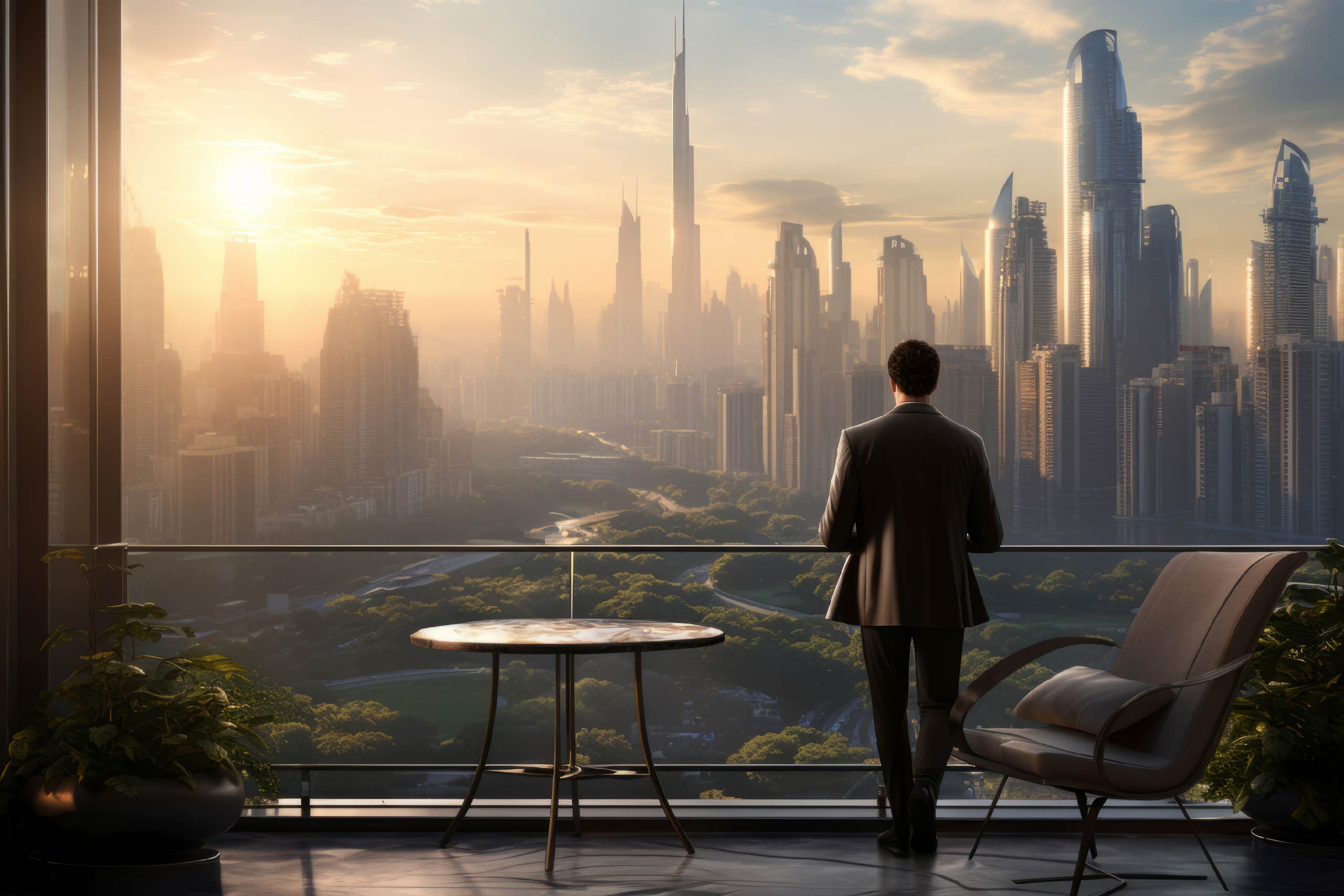
Buying a home is probably one of the biggest purchases you will make in your lifetime. But to make sure the cost of the property fits into your budget, you must understand the different factors that contribute to the final cost of property investment.
You are probably aware of some factors, like construction material, land, and labour charges. But you cannot rely simply on the per-square-foot charges as quoted by the builder to estimate the cost of your property investment.
Here are some – potentially hidden – components that make up the total cost of property investment in India:
1. Preferential Locality Charges (PLC)
PLCs are usually levied on a ‘per floor, per square foot’ basis and are the costs you must pay to access “prized locations.” This may simply be the floor rise charges or premium costs for penthouses that come with gardens or lake views. This cost is not fixed and will vary from builder to builder and from time to time.
2. Parking Charges
Despite the Supreme Court’s ruling in 2010, many developers still charge hefty amounts for covered parking spaces. This can range anywhere between ₹1 to ₹5 lakh on top of the price of your flat.
3. Club Membership
Clubs in residential societies have become a rising trend and do not come free of cost. You must pay a one-time membership fee – for a predetermined period – to access these clubs. This can turn into a recurring expense after the initial period ends.
4. Charges for Civic Amenities
Builders also tend to charge additional costs for civic amenities like fire safety, electricity backup, and water – adding them to the total cost of the property. Builders often levy charges like External Electrification Charges (EEC) and Fire Fighting Equipment Charges (FFEC) at the time of purchase. And you may also have to bear the costs of getting an electric connection for your home.
5. External Development Charges (EDC) and Infrastructure Development Charges (IDC)
EDC and IDC are the charges developers must pay the state government for infrastructure and amenities – like access roads, parks, or civic infrastructure – development in the surrounding areas. However, builders often pass these costs on to the buyers, adding to the overall cost of property investment.
6. Maintenance Deposit
Residential societies charge maintenance fees for the amenities they provide. Builders often take an upfront maintenance deposit at the time of purchase to cover maintenance for up to 2 years. After this, the residents are responsible for establishing a co-op society and setting a maintenance amount to be collected monthly or annually.
7. Brokerage Fees
Although not hidden, buyers often end up overlooking brokerage fees when working with a real estate broker. They often charge 1–2% of the total house cost as brokerage, which adds to your total cost of property investment.
8. Stamp Duty and Registration Fees
The state government charges anywhere between 5–7% of the property value as stamp duty. This is a compulsory fee to get the house registered in your name. Additionally, you will also need to pay 1–2% of the property value as registration fees to the court for the full and final agreement indicating the change of ownership.
9. Goods and Services Tax (GST)
Every under-construction property in India is subject to GST – 1% for homes under ₹45 lakh and 5% for more expensive homes. Ready-to-move properties, however, are exempt from GST.
10. Home Loan Processing Fees
If you are opting for a home loan, you will also need to factor in loan processing fees in your property investment budget. These fees will cover the basic administrative costs, costs to carry out credit checks, and any additional costs for value-added services – like property search, flexible tenure, or online loan application.
11. Peripheral Expenses (Moving/Interiors/Furniture)
Your property investment costs do not end with the purchase and registration of your house. You have to budget for moving expenses, interiors, furniture, electrical appliances, and any other additional costs when buying a house. These costs can easily go up to ₹10 lakh even if you are focusing only on basic necessities.
There is no way you can avoid these charges when purchasing a property. So be sure to plan for these and keep some room in your budget for any unexpected changes.
The Squarea team can help you understand all the costs involved in property investment. Get in touch with us today to start your home-buying journey.
For more details on this subject, please email: hello@squarea.io




